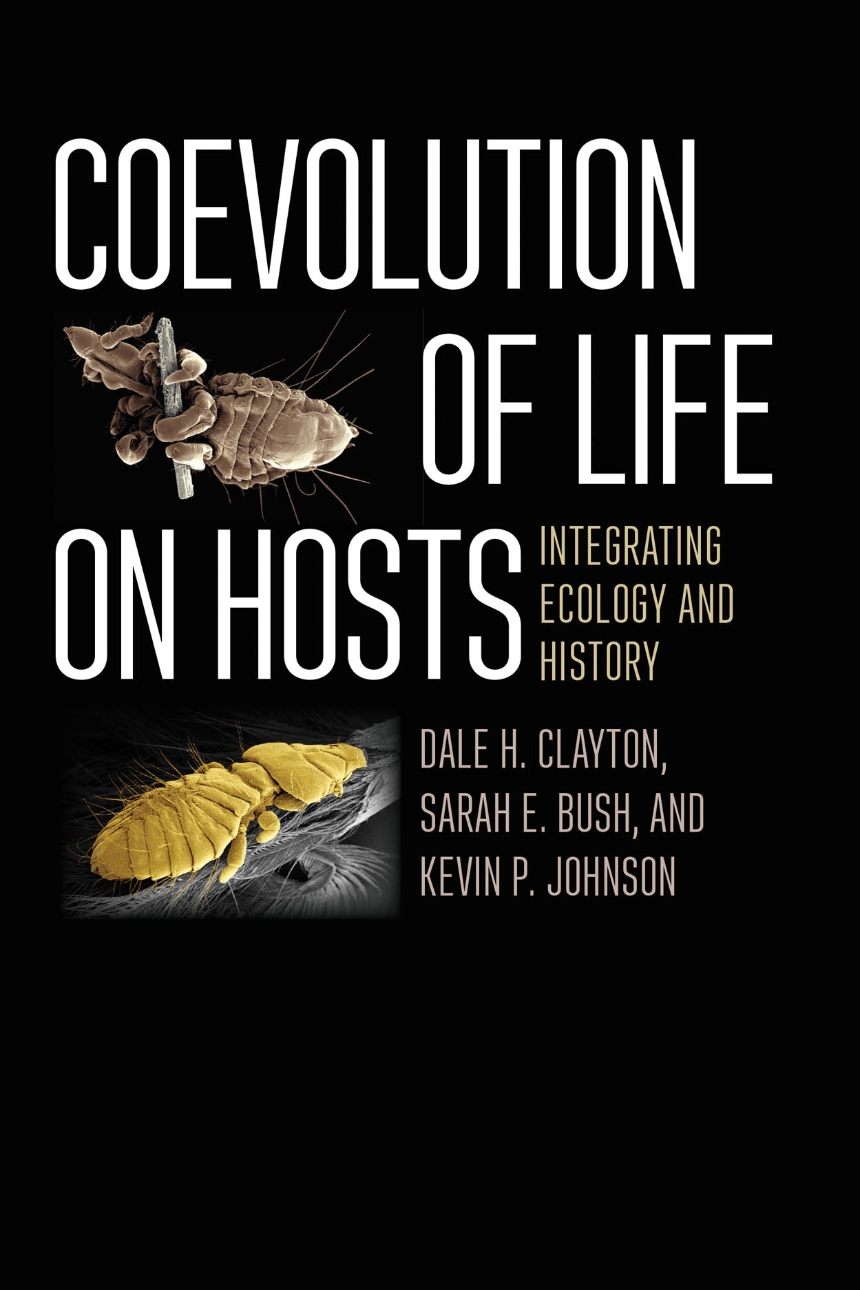Coevolution of Life on Hosts
Integrating Ecology and History
Coevolution of Life on Hosts
Integrating Ecology and History
Following an introduction to coevolutionary concepts, the authors combine experimental and comparative host-parasite approaches for testing coevolutionary hypotheses to explore the influence of ecological interactions and coadaptation on patterns of diversification and codiversification among interacting species. Ectoparasites—a diverse assemblage of organisms that ranges from herbivorous insects on plants, to monogenean flatworms on fish, and feather lice on birds—are powerful models for the study of coevolution because they are easy to observe, mark, and count. As lice on birds and mammals are permanent parasites that spend their entire lifecycles on the bodies of their hosts, they are ideally suited to generating a synthetic overview of coevolution—and, thereby, offer an exciting framework for integrating the concepts of coadaptation and codiversification.
320 pages | 16 color plates, 110 halftones, 3 line drawings, 4 tables | 6 x 9 | © 2015
Biological Sciences: Behavioral Biology, Biology--Systematics, Ecology, Evolutionary Biology, Natural History
Reviews
Table of Contents
Preface
Part I. Background
1. Introduction to coevolution
2. Biology of lice: overview
3. Effects of lice on hosts
Part II. Coadaptation
4. Adaptations for resisting lice
5. Counter-adaptations of lice
6. Competition and coadaptation
Part III. Hosts as islands
7. Dispersal
8. Population structure
Part IV. Codiversification
9. Cophylogenetic dynamics
10. Comparative cophylogenetics of lice
11. Coadaptive diversification of lice
Part V. Synthesis
12. Coevolution of life on hosts
Color Plates
Literature cited
Index
